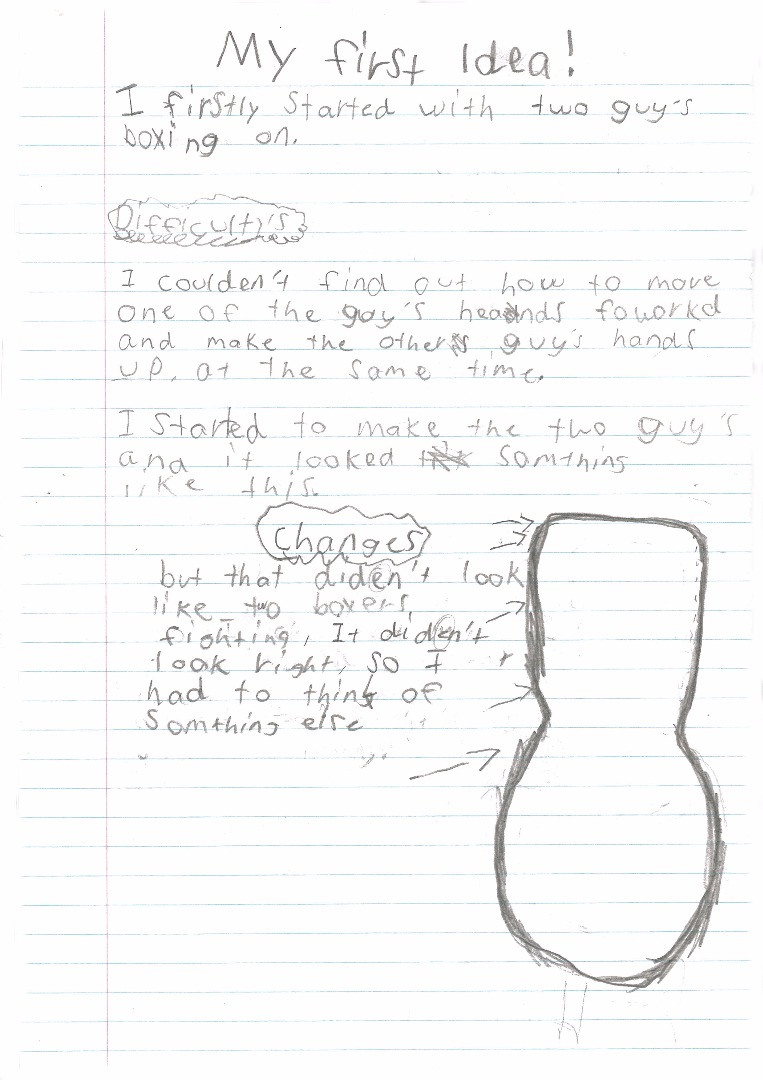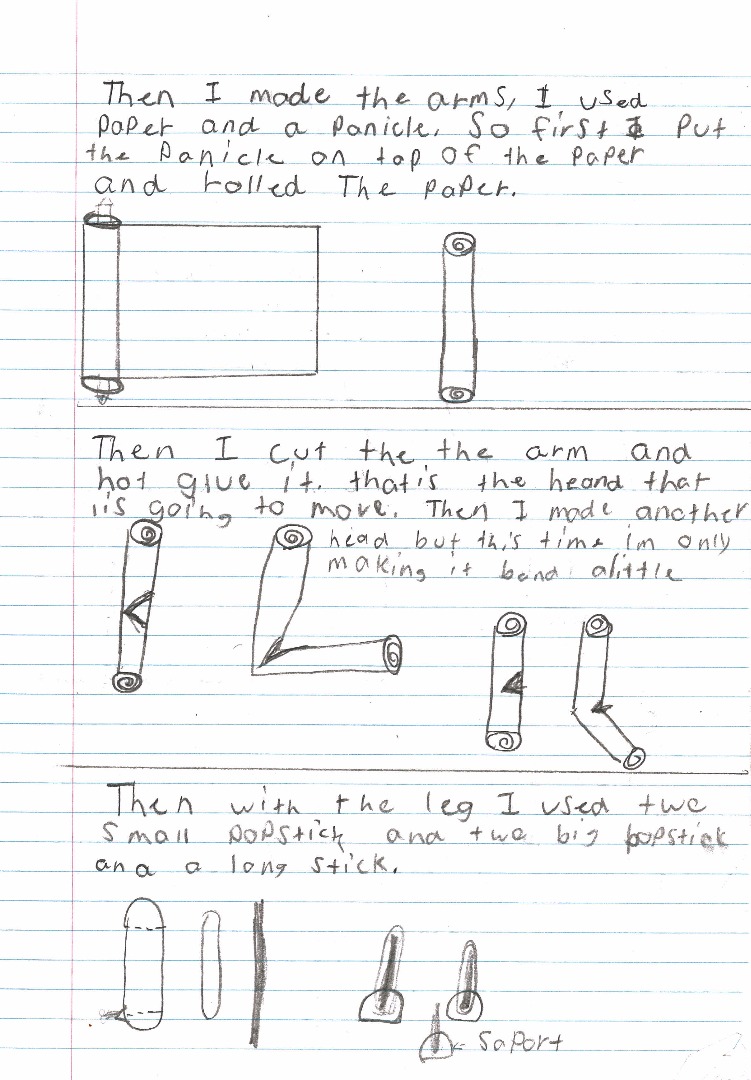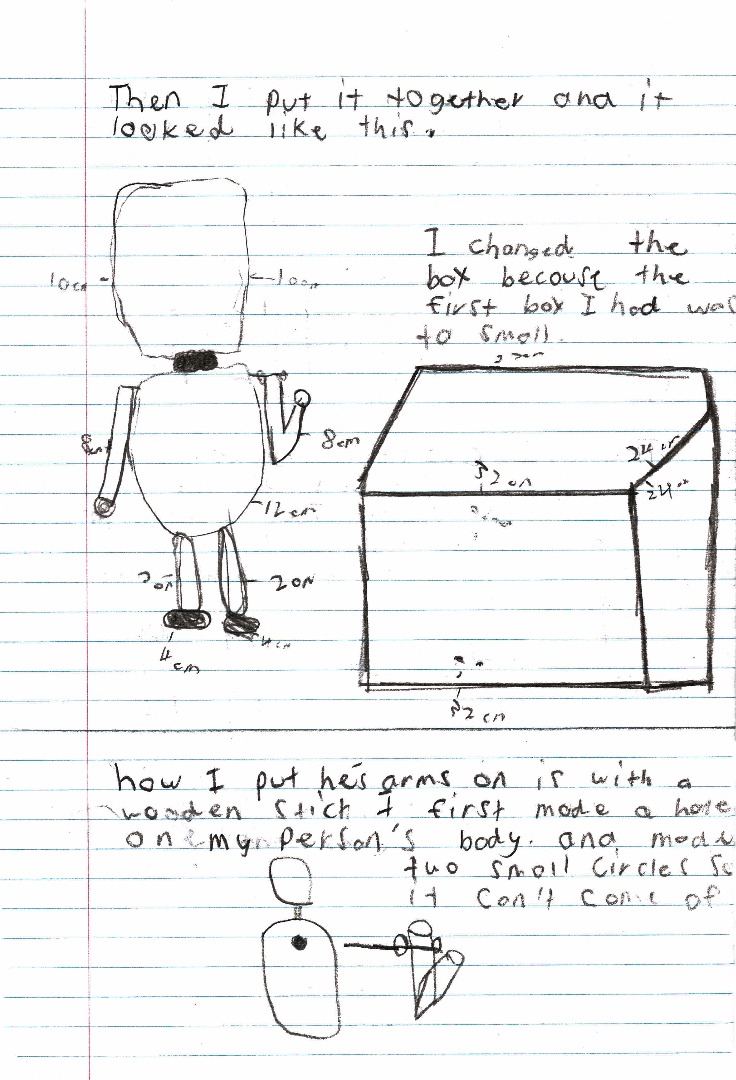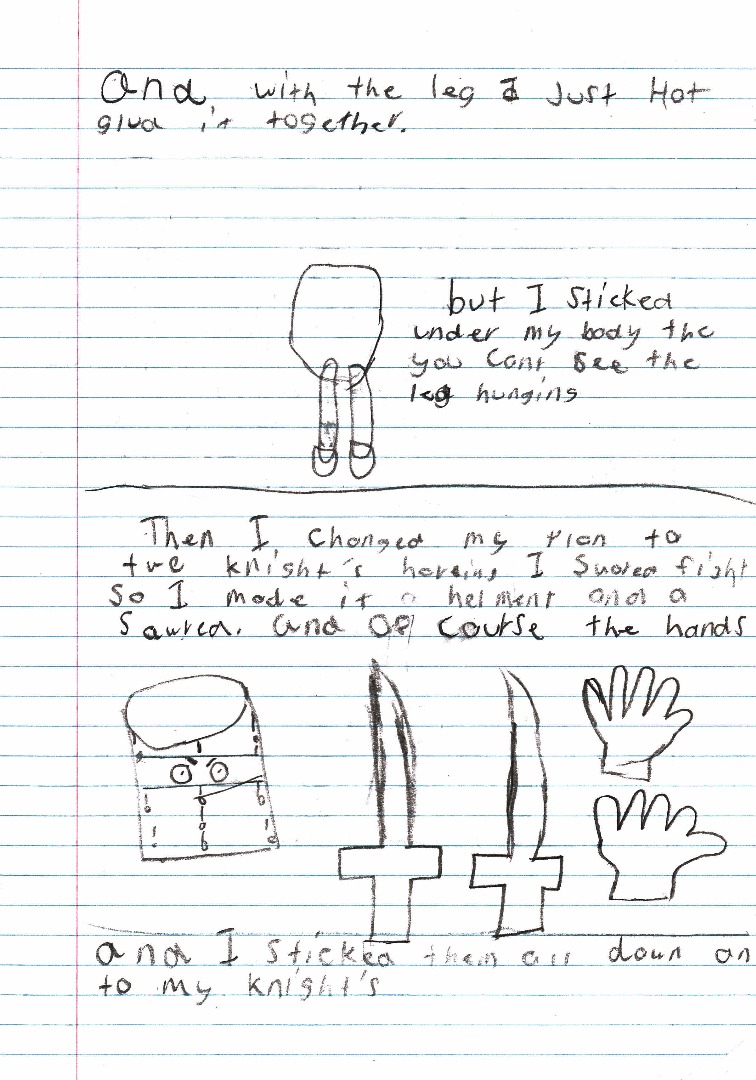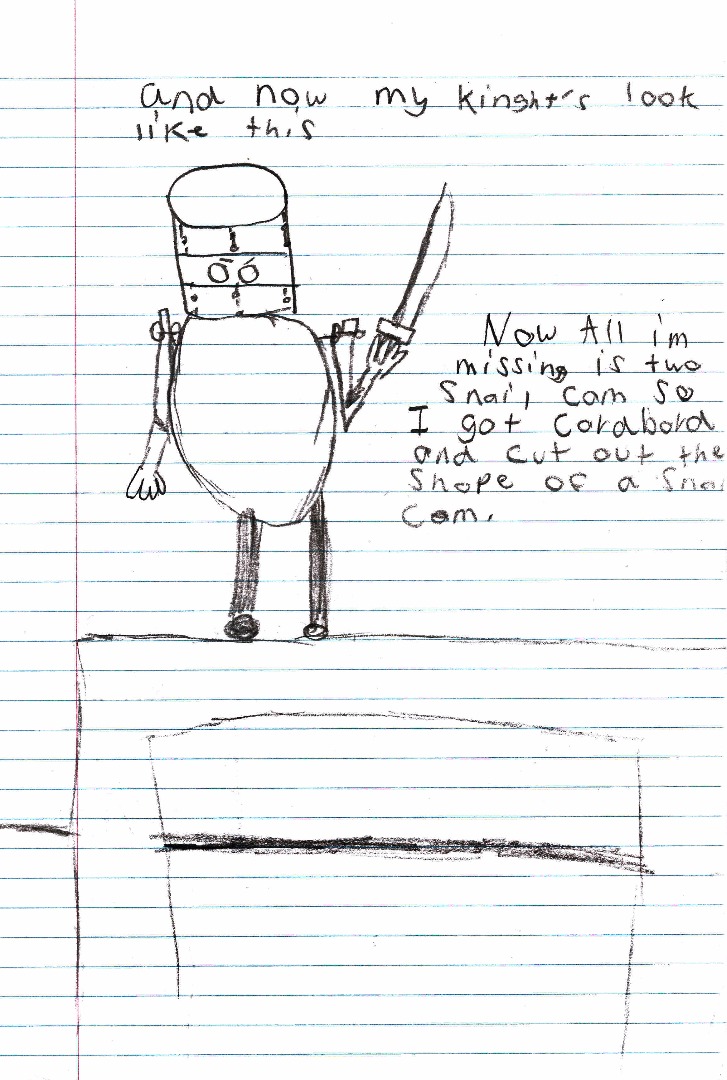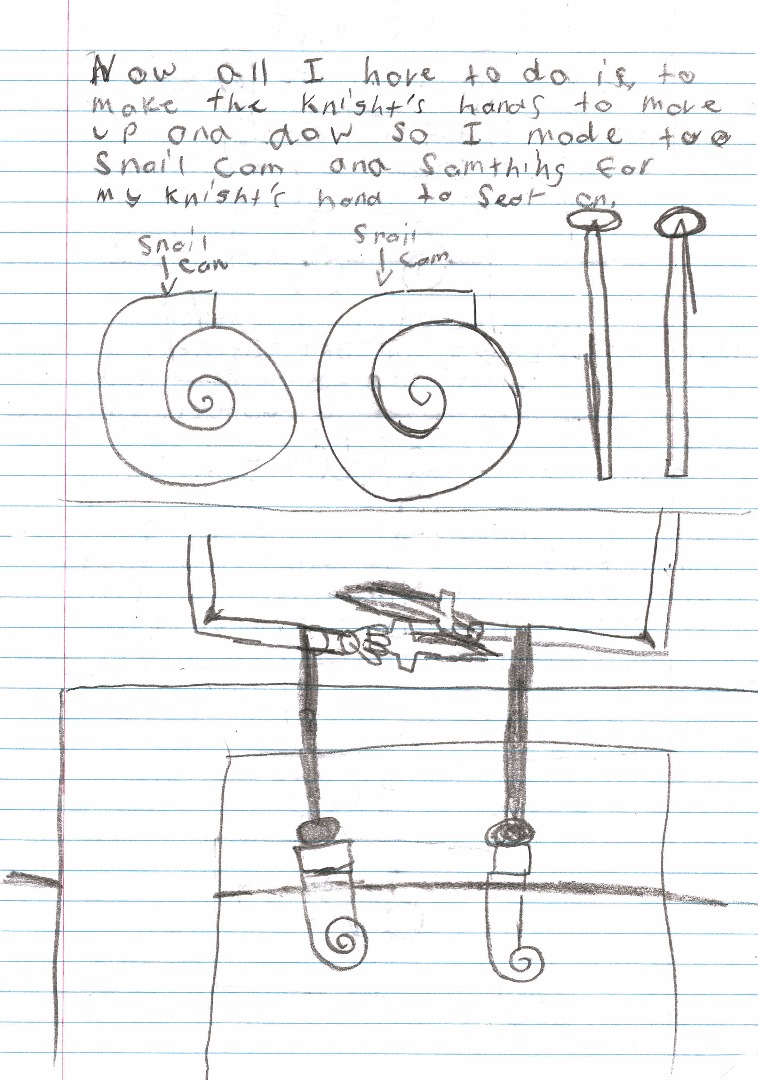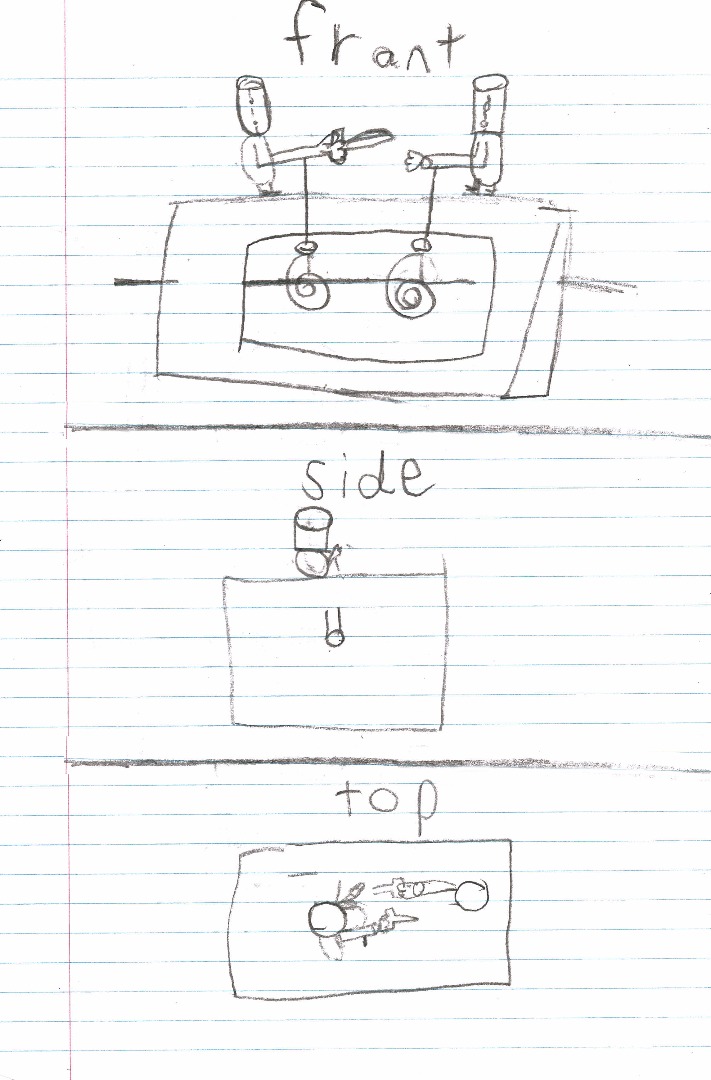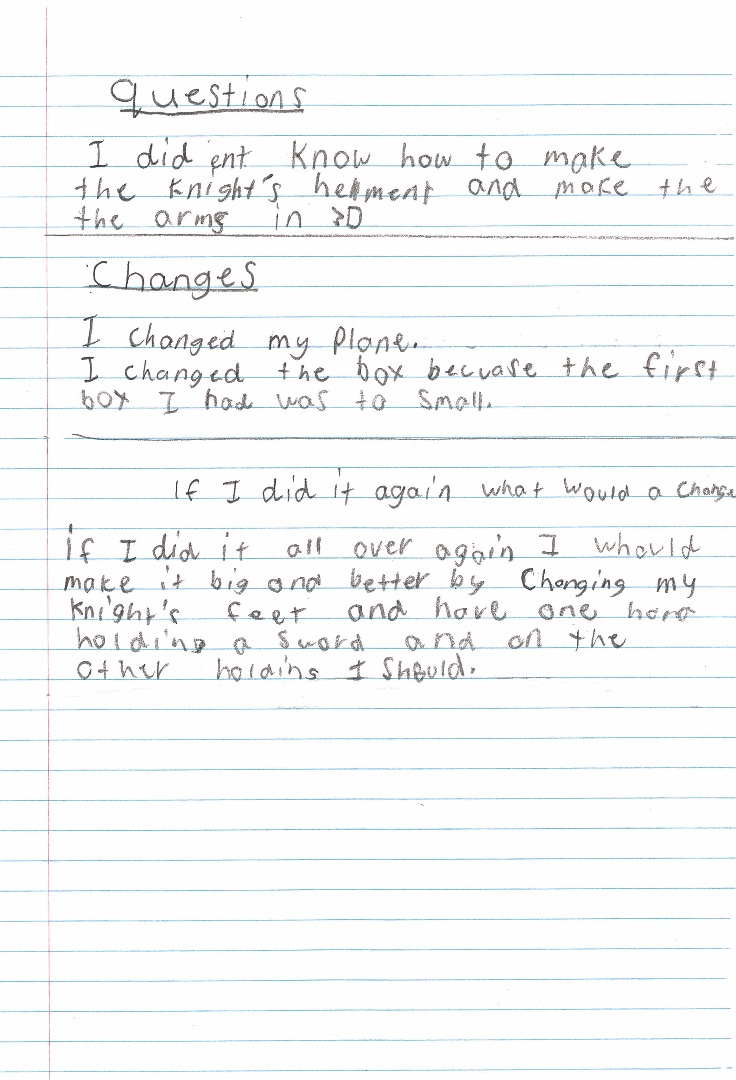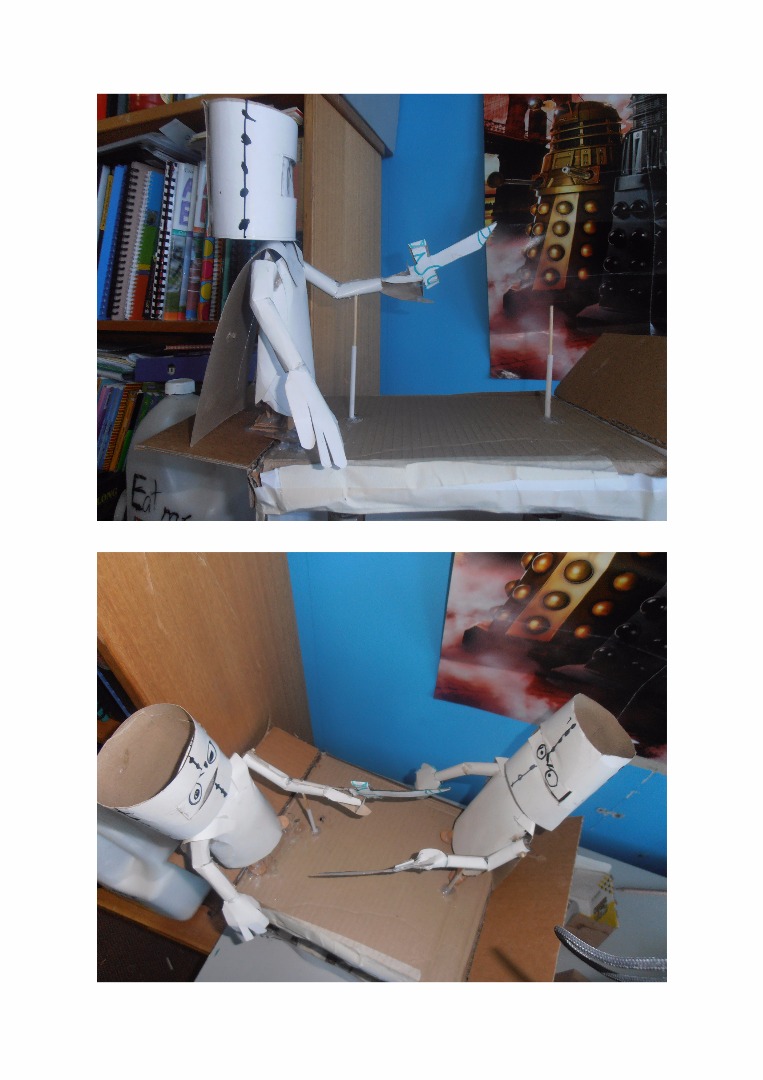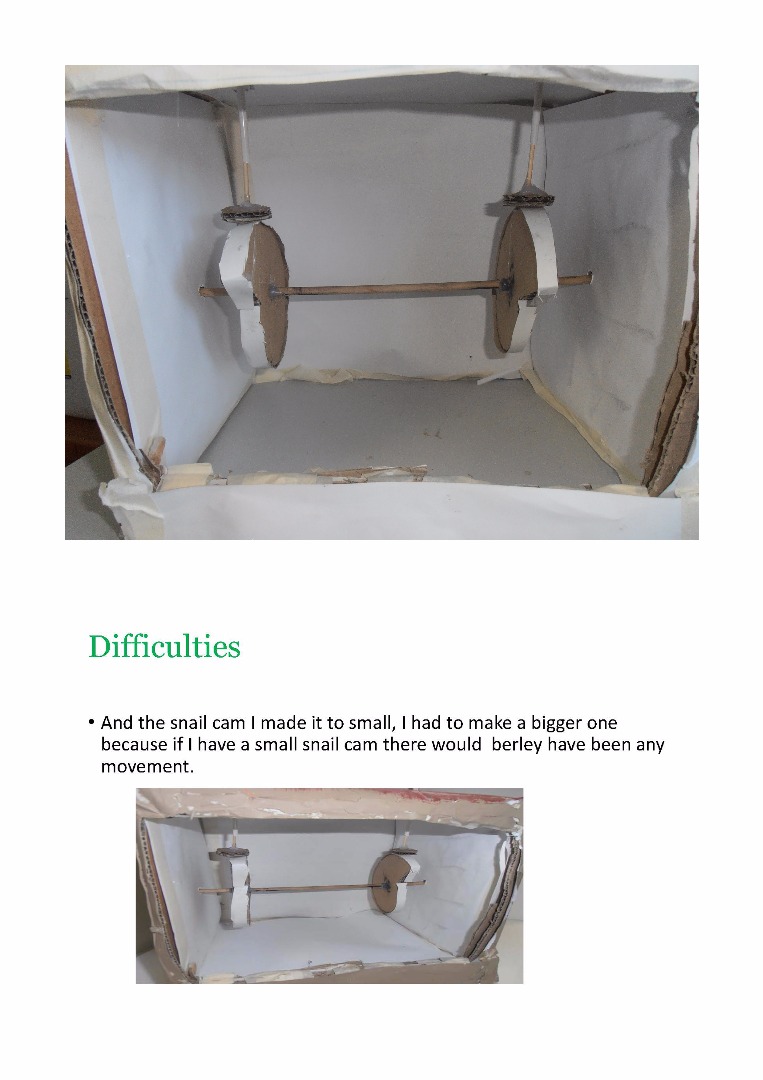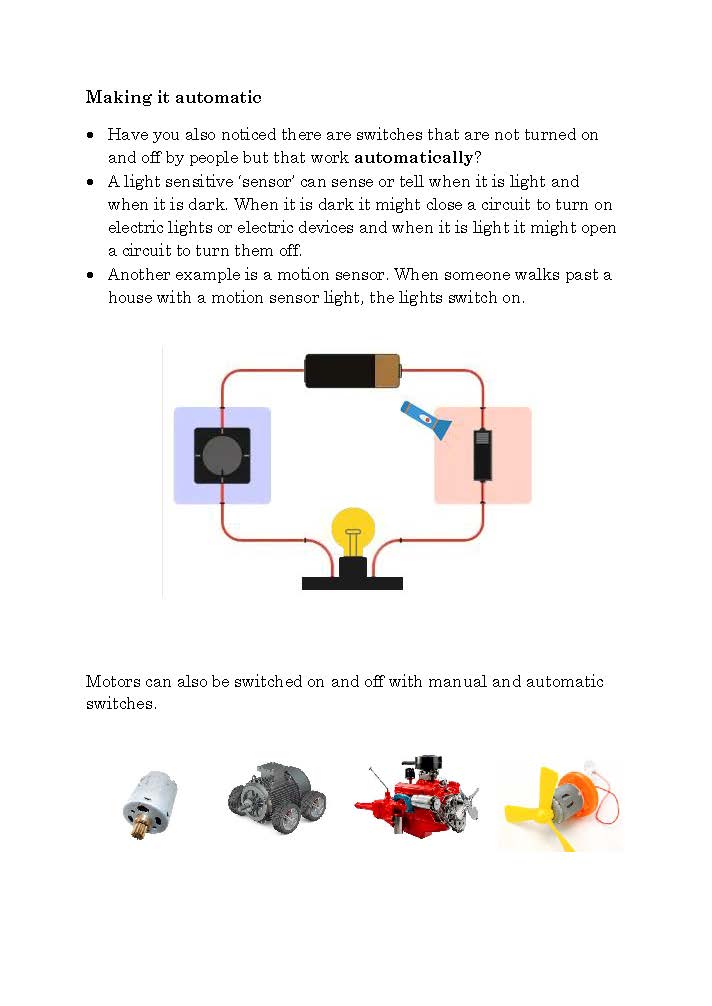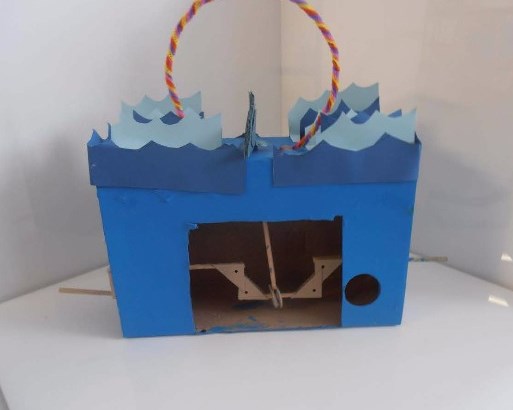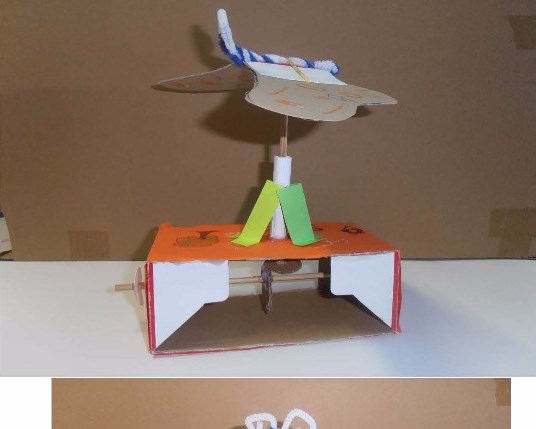Design project: Automata
Summary of task
Students investigated some of the key mechanical systems that are used and relied on in daily life, such as the muscles that move their own head, locking and unlocking mechanisms, toys that move and mechanisms in the family car. They critiqued these key mechanical systems and then developed their own ideas for a toy with moving parts, that is, an automata. Students were explicitly taught some cardboard engineering techniques such as drawing, folding, cutting, scoring and gluing. The design task was to produce a moving toy showing the interrelationships of the chosen mechanical systems and recording modifications or redesigns of the mechanism(s) throughout the project. Students then considered how their device could be automated using electrical energy to control movement.
The focus of this task was to design and produce a product for the technologies context engineering principles and systems.
Achievement standard
By the end of Year 6, students explain how social, ethical, technical and sustainability considerations influence the design of solutions to meet a range of present and future needs. They explain how the features of technologies influence design decisions and how digital systems are connected to form networks.
Students describe a range of needs, opportunities or problems and define them in terms of functional requirements. They collect and validate data from a range of sources to assist in making judgements. Students generate and record design ideas for specified audiences using appropriate technical terms, and graphical and non-graphical representation techniques including algorithms. They plan, design, test, modify and create digital solutions that meet intended purposes including user interfaces and a visual program. Students plan and document processes and resources and safely produce designed solutions for each of the prescribed technologies contexts. They negotiate criteria for success, including sustainability considerations, and use these to judge the suitability of their ideas, solutions and processes. Students use ethical, social and technical protocols when collaborating, and creating and communicating ideas, information and solutions face-to-face and online.
